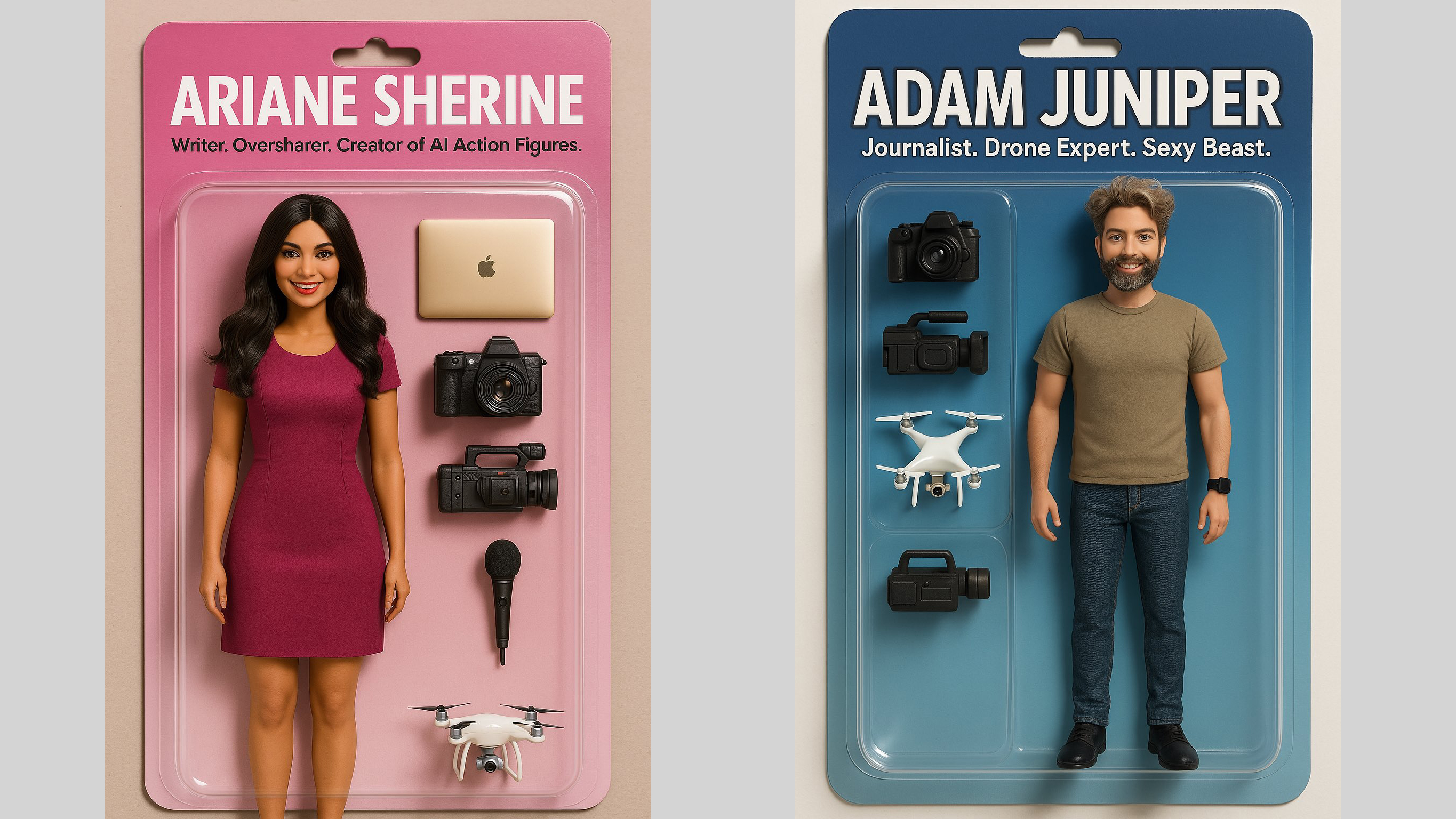iPhone 12 Pro vs iPhone 13 Pro: Which Apple smartphone should you buy?
Our Apple iPhone 12 Pro vs iPhone 13 Pro guide explains the main differences between the phones
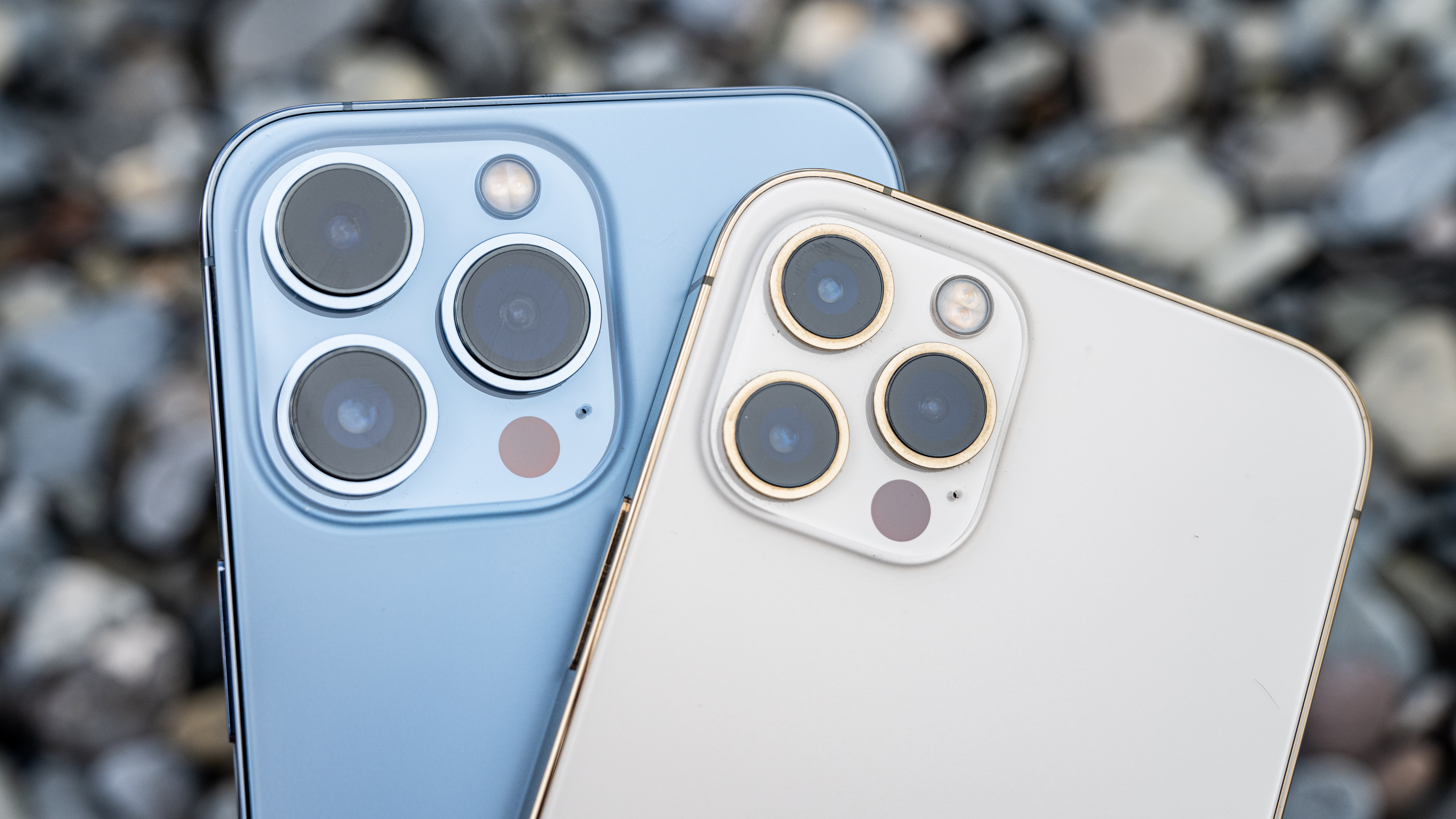
We're comparing the iPhone 12 Pro vs iPhone 13 Pro to help you decide which one might be your best choice to buy or upgrade to. The specs on the two models aren't hugely different, so is the newer model worth the extra cost? We've tested both phones and in this article, we'll explain how each measures up in real-life use.
Like the best cameras, the best iPhone for photography is the one you've got in your hand, but what iPhone should that be? Of course, the latest model is the iPhone 14 Pro, but it's also the most expensive.
If you're planning to buy a new iPhone or upgrade your existing model, it's the existing iPhone generations you'll want to focus on. The iPhone 13 Pro is no longer the newest device, but that means that the prices of earlier models have dropped. The iPhone 13 Pro has some small changes to the iPhone 12 Pro. On paper, it's certainly the one with the better camera, but how different is it in use? Read on to find out...
iPhone 12 Pro vs iPhone 13 Pro: Camera
Why you can trust Digital Camera World
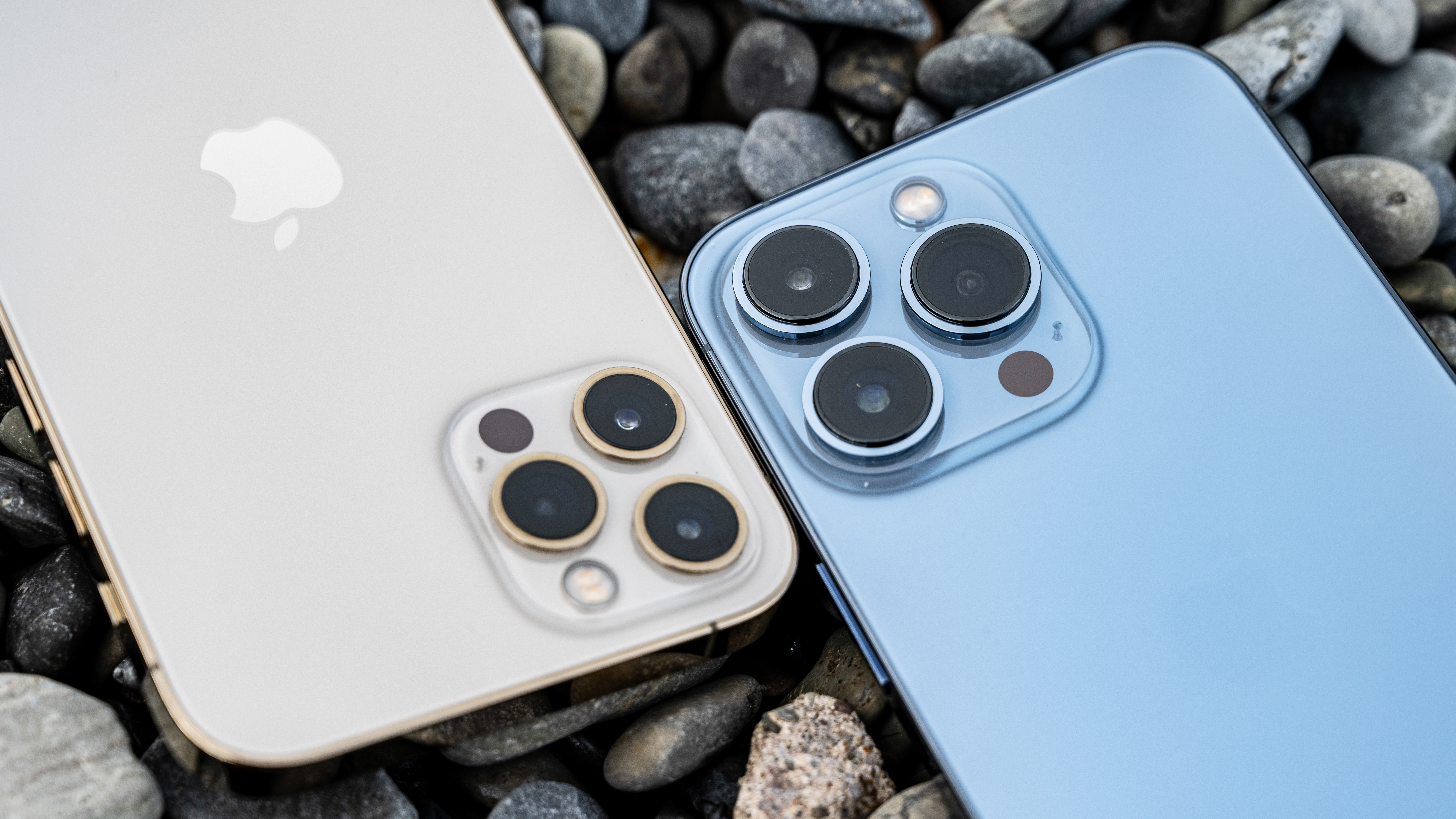
The iPhone 13 Pro and iPhone 12 Pro are very similar, in many respects. Both feature a triple-lens setup, and each has a standard, ultra-wide, and telephoto lens. But there’s been some small but key changes under the hood.
The iPhone 13 Pro’s standard lens, which is 26mm equivalent, has a slightly faster aperture (f/1.5 vs f/1.6) and also uses the larger sensor size previously only found in the iPhone 12 Pro Max. Putting these two specifications together adds up to the better low-light performance. On a similar note, the ultra-wide angle lens (13mm equivalent) now has a much wider f/1.8 aperture, when compared to the f/2.4 lens on the iPhone 12 Pro.
Read also: Pixel 6 Pro vs iPhone 13 Pro
Lastly, the telephoto lens for the iPhone 13 Pro has been bumped up to 3x (78mm equivalent), compared with the 2x of the iPhone 12 Pro, or 2.5x of the iPhone 12 Pro Max. You do lose out a little when it comes to aperture though, with the iPhone 13 Pro’s being f/2.8 compared to the iPhone 12 Pro’s f/2.0
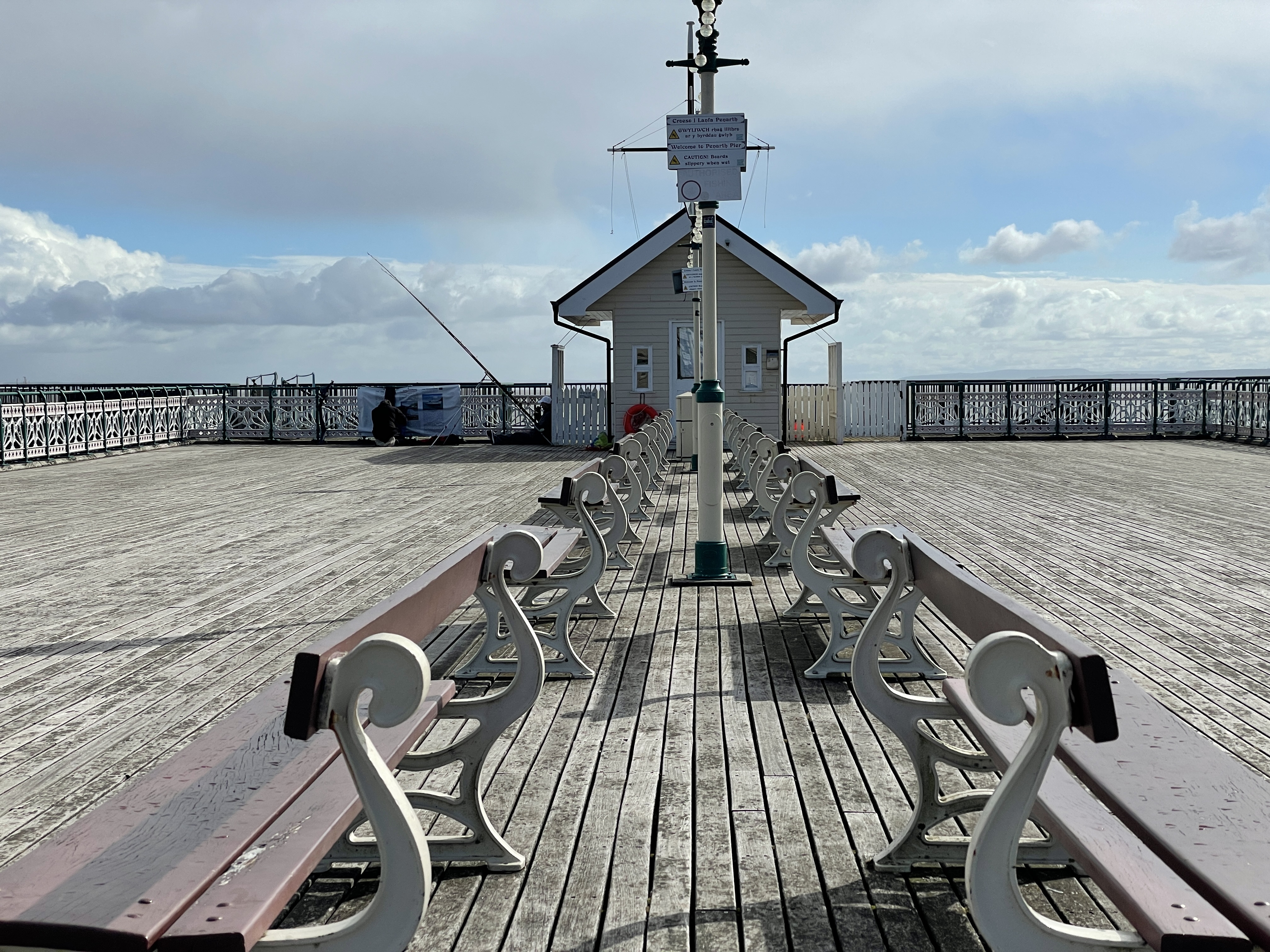
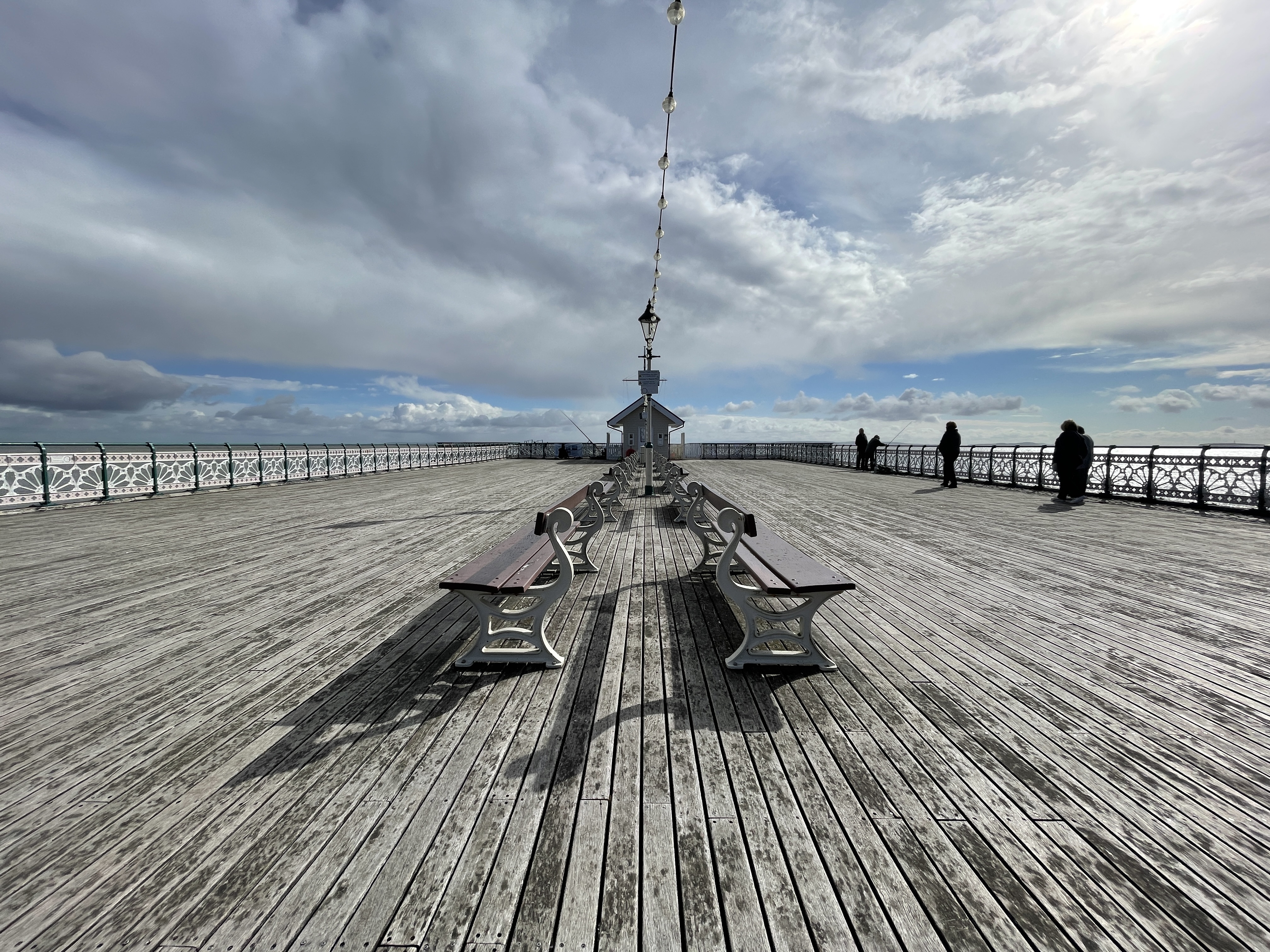


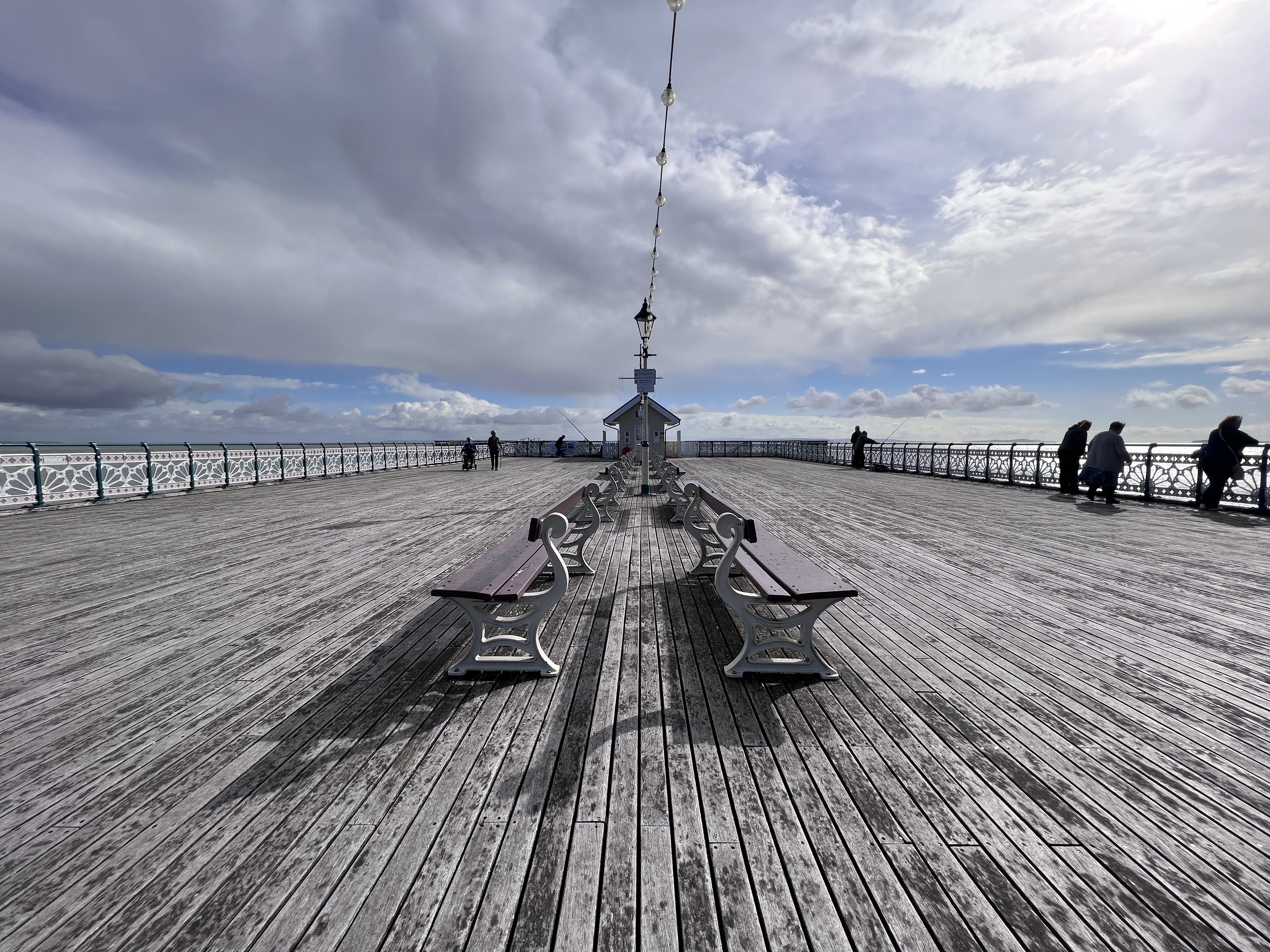

A new addition to the iPhone 13 Pro is the ability to focus extremely close-up in a new automatic macro mode. This works by switching to the ultra-wide camera when a close subject has been detected. As it does it automatically, there’s no way to stop it from happening, but it’s quite a striking difference compared to the iPhone 12 Pro, which doesn’t offer the same functionality.
Aside from the addition of the A15 Bionic chip (processor) for the iPhone 13 Pro – claimed to be the iPhone’s faster chip ever – many of the same specifications have been brought across from the iPhone 12 Pro. That includes many things, but notable specs include the LiDAR scanner, which promises faster autofocus in low light (compared to the iPhone 11 Pro), 4K video recording, and the general screen and body design.


There’s also the same ability to record in Apple’s ProRAW format (DNG) available on both phones, giving you scope to make adjustments in post-production if necessary.
That said, there’s been a couple of other software-type tweaks for the iPhone 13 Pro which are worth thinking about. Most excitingly, probably, is the addition of Cinematic Mode for video recording, which recreates a shallow depth of field effect. This is something we’ve seen from other manufacturers in the past so it’s not hugely surprising to see Apple finally adding it to the iPhone.
The other new addition is 'Photo Styles', which you can use to change the look of your shots directly at the point of capture. These can be customized to your own preferences, and are also available on the more basic iPhone 13. Despite this being a software tweak, this feature is not (yet) available on the iPhone 12 Pro.
iPhone 12 Pro vs iPhone 13 Pro: Night Mode and low-light shooting
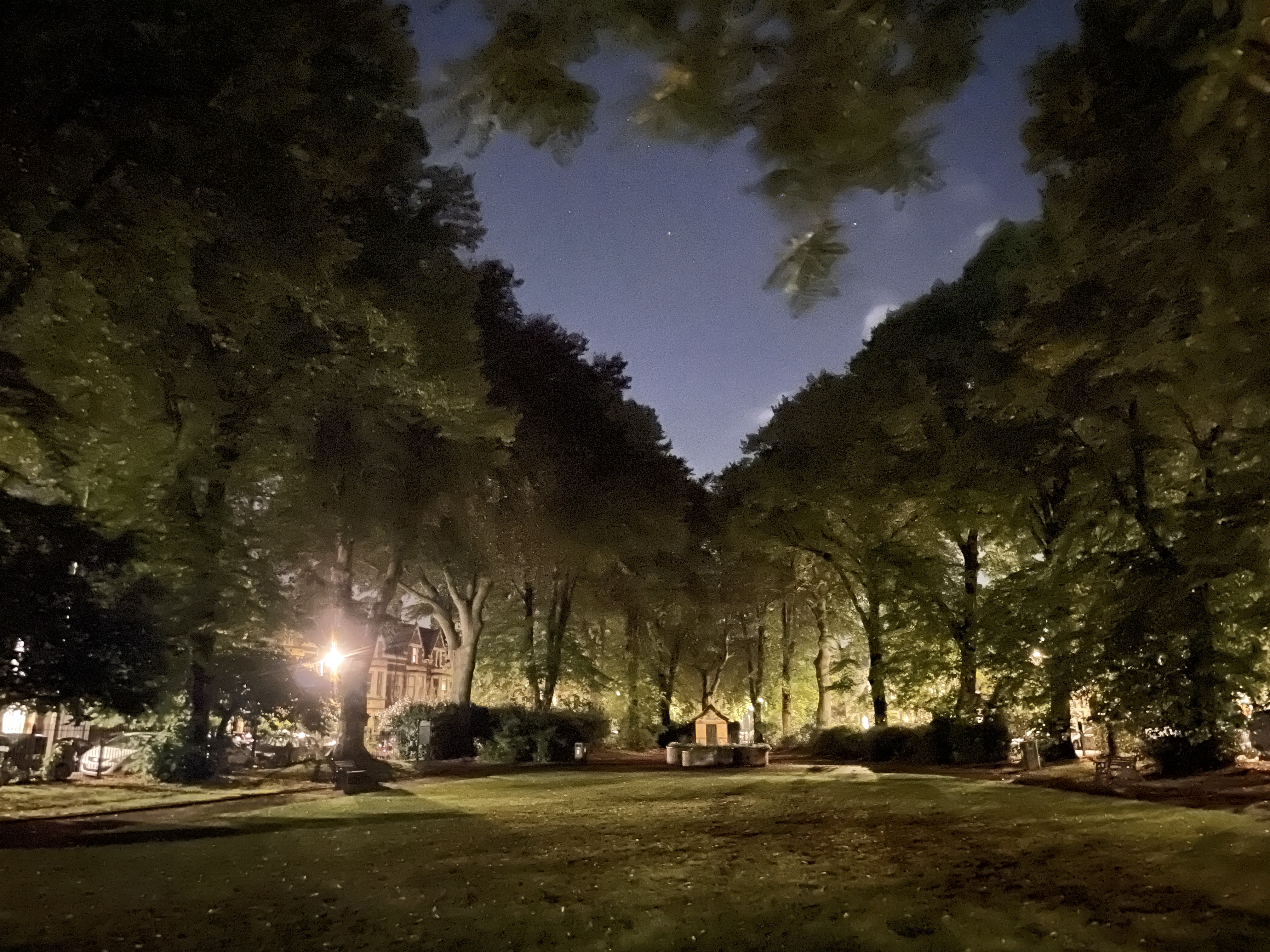

Both phones are packing the same impressive Night Mode and Deep Fusion technologies, both of which debuted in the iPhone 11 series. The LiDAR Scanner comes into play for low-light portraits, but otherwise, the software tech is the same here. However, as the iPhone 13 Pro has a slightly larger sensor and a wider aperture there are some slight differences, which you can see if you examine pretty closely (but otherwise aren’t hugely obvious at first glance).
iPhone 12 Pro vs iPhone 13 Pro: Portrait mode


Both the iPhone 13 Pro and the iPhone 12 Pro have the same portrait mode that we’ve seen on the last few generations of iPhones. However, as the telephoto lens for the newer model is a 3x zoom, rather than 2x, there is a clearly marked difference between the two when shooting with the 2x/3x option enabled.
If you shoot at the 1x option to include more of the background/context of whatever it is you’re photographing Photo Styles – bearing in mind that Portrait mode is not just for Portraits but for any subject which you want to isolate from the background – the differences are a lot more subtle.
iPhone 12 Pro vs iPhone 13 Pro: Video
iPhone 12 Pro video sample
iPhone 13 Pro video sample
Video functionality is broadly similar across both devices: both have the ability to record 4K at up to 60fps, and both have Dolby Vision HDR. However, there is one key difference seen in the addition of Cinematic Mode. You can use this to create a shallow depth of field effects for moving subjects, something which was previously only available for stills shooting with the iPhone 12 Pro.
It works pretty well for the iPhone 13 Pro, particularly if the subject – such as a person or a pet – has a reasonably well-defined outline. That said, you can’t record this in 4K, so it’s perhaps more something you might consider a fun effect rather than anything more serious. It also seems reasonably likely that this could come to the iPhone 12 Pro via a firmware upgrade at some point.
The iPhone 13 Pro also offers ProRes (Apple’s professional video format) 4K recording, as long as your device has at least 256GB of storage. That makes sense because the ProRes video will take up a lot of space on your phone. So if you’re seriously into your vlogging, make sure you plump for a higher capacity device. ProRes at 1080p, meanwhile, is available for 128GB models.
See also: Best phone for video recording
iPhone 12 Pro vs iPhone 13 Pro: Screen & design

While the iPhone 12 Pro marked somewhat of a design departure from its predecessor, the iPhone 13 Pro is almost identical to its forebear. Both the iPhone 13 Pro and the iPhone 12 Pro have 6.1-inch Super Retina XDR screens, with both offering HDR displays at the same resolution.
The iPhone 13 Pro adds ProMotion technology with adaptive refresh rates, but, looking at both of these phones next to each other it’s really quite difficult to spot the difference; so it seems unlikely most people will notice much of a change in isolation. The iPhone 13 Pro is also slightly brighter (1000 nits vs 800 nits in typical usage), but again this is difficult to spot.
Both also feature the same IP68 water resistance, meaning the phones can be taken down to six meters for up to 30 minutes, or (more realistically for most users) can stand being dropped in the bath or exposed to a heavy downpour. Both models also use the same tough ceramic shield front, which is said to be 4x better for “drop performance” than the iPhone 11 Pro; good news for the clumsy among us.
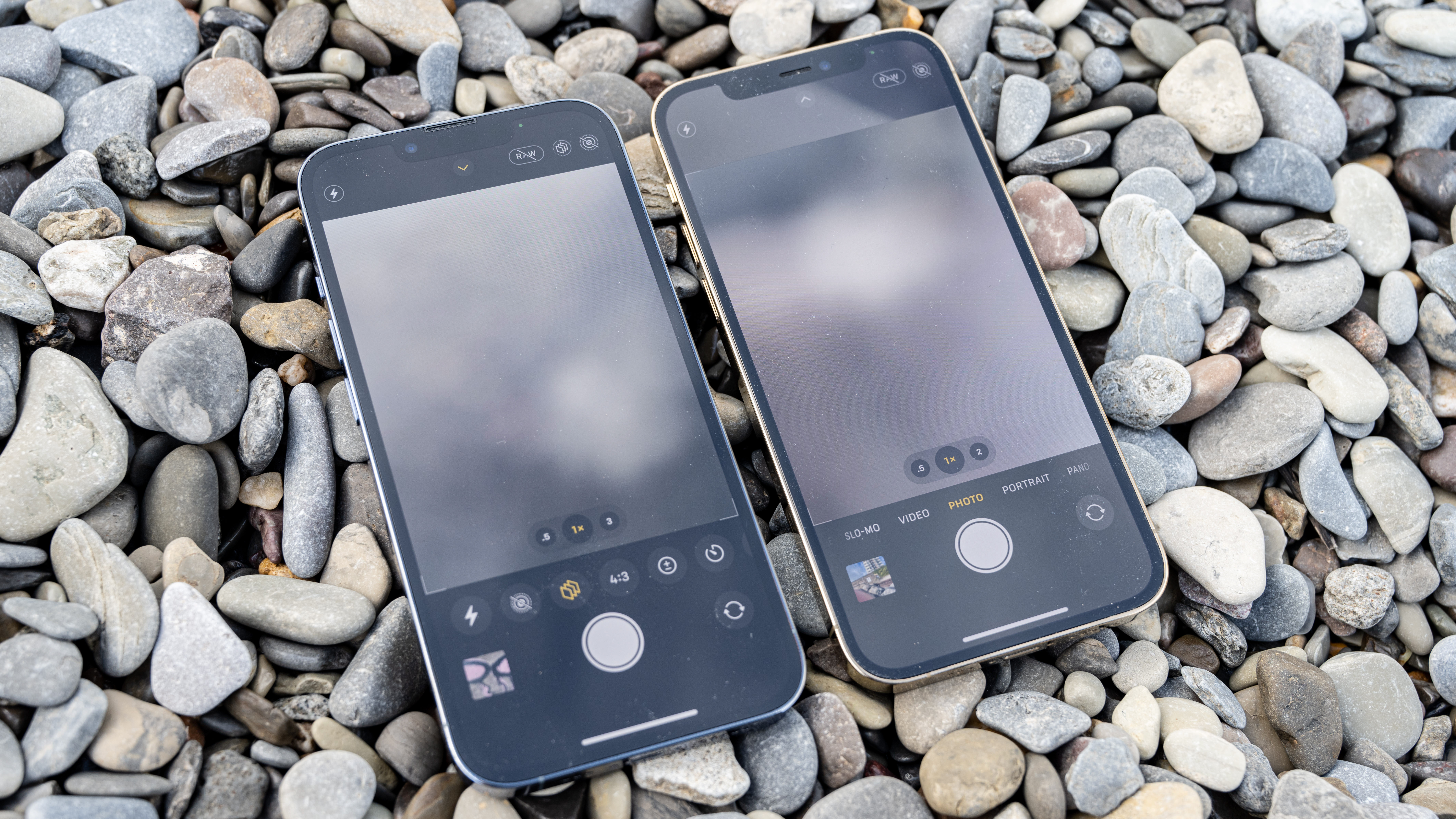
In terms of size, shape, and weight, the two iPhones are almost identical, with the iPhone 13 Pro being fractionally deeper. If you want to know the exact measurements, that’s 146.7 x 71.5 x 7.6mm (iPhone 13 Pro) compared with 146.7 x 71.5 x 7.4mm (iPhone 12 Pro). In other words, it’s just different enough to warrant you having to buy a completely new phone case too; thanks, Apple!
The iPhone 13 Pro is slightly heavier at 203g vs 187g, but again it’s hardly noticeable in reality. Apple has stuck with the squared-off curved edges of the iPhone 12 Pro for the iPhone 13 Pro. So the best way to play spot the difference between the two models is to flip them over where the newer model’s larger camera lenses make it most apparent.
iPhone 12 Pro vs iPhone 13 Pro: Battery and capacity
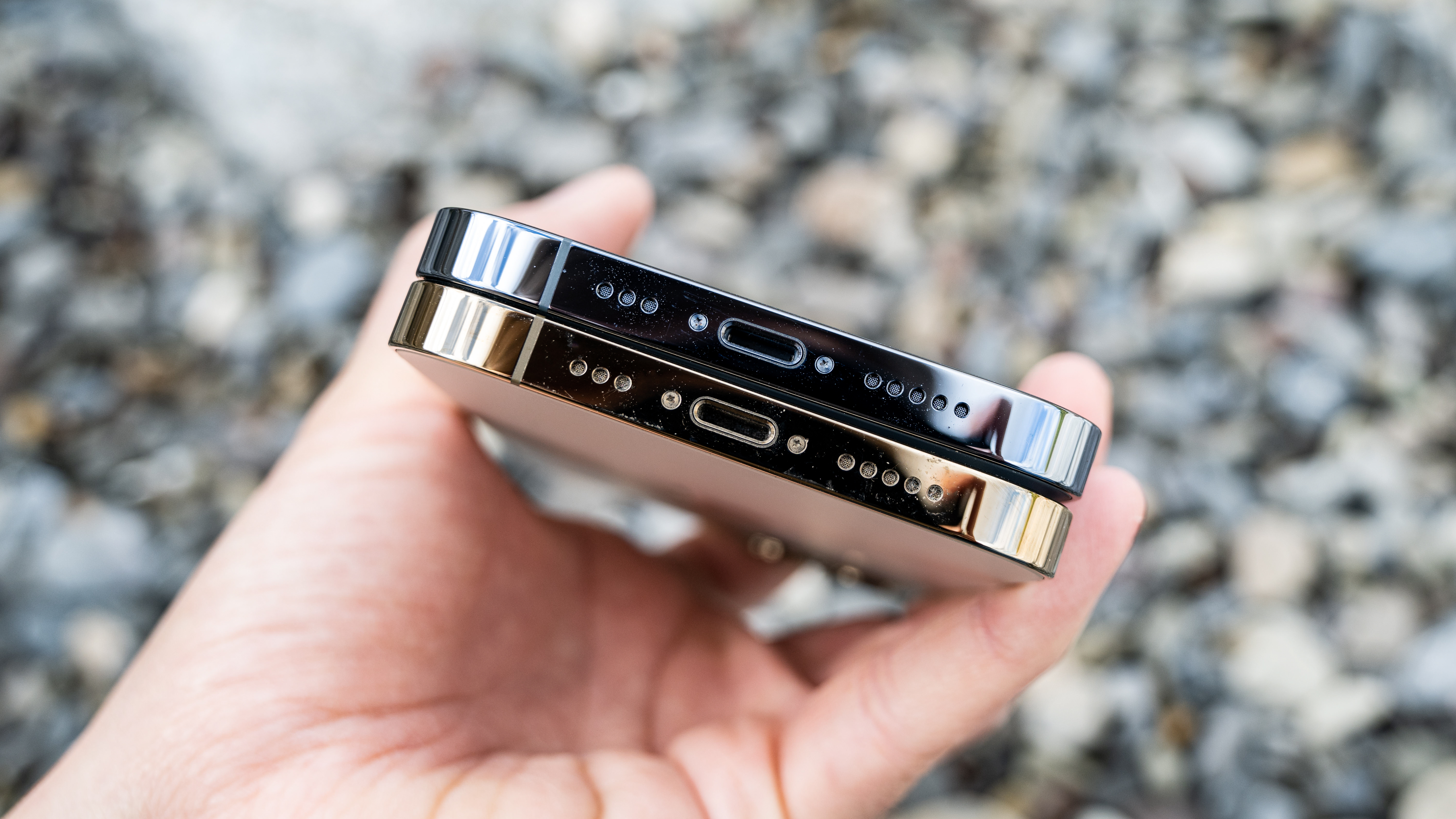
Apple never officially reveals the exact specs when it comes to battery capacity, but we can glean enough information from the stated “playback” life of both models to tell us more or less what we need to know.
The iPhone 13 Pro offers a longer playback than its predecessor, but, given that the devices are roughly the same size, this seems likely to be down to the A15 Bionic chip inside the newer model being more efficient and therefore making it last longer. Either way, we’ve found that both models generally comfortably last the day with moderate usage.
Last year’s iPhone 12 Pro was the first iPhone model to come without a charger in the box (you do get the cable). Not surprisingly, this has continued for the iPhone 13 Pro. But given that most people have plenty of USB adapters lying around this is unlikely to be a deal breaker. If you have a 20W adapter, you can fast charge both phones up to 50% in just 30 minutes.
Both are also compatible with the MagSafe accessories, which include a fast wireless charger. You can charge both phones wirelessly with other compatible wireless chargers, but it won’t be as quick.
iPhone 12 Pro vs iPhone 13 Pro: Price
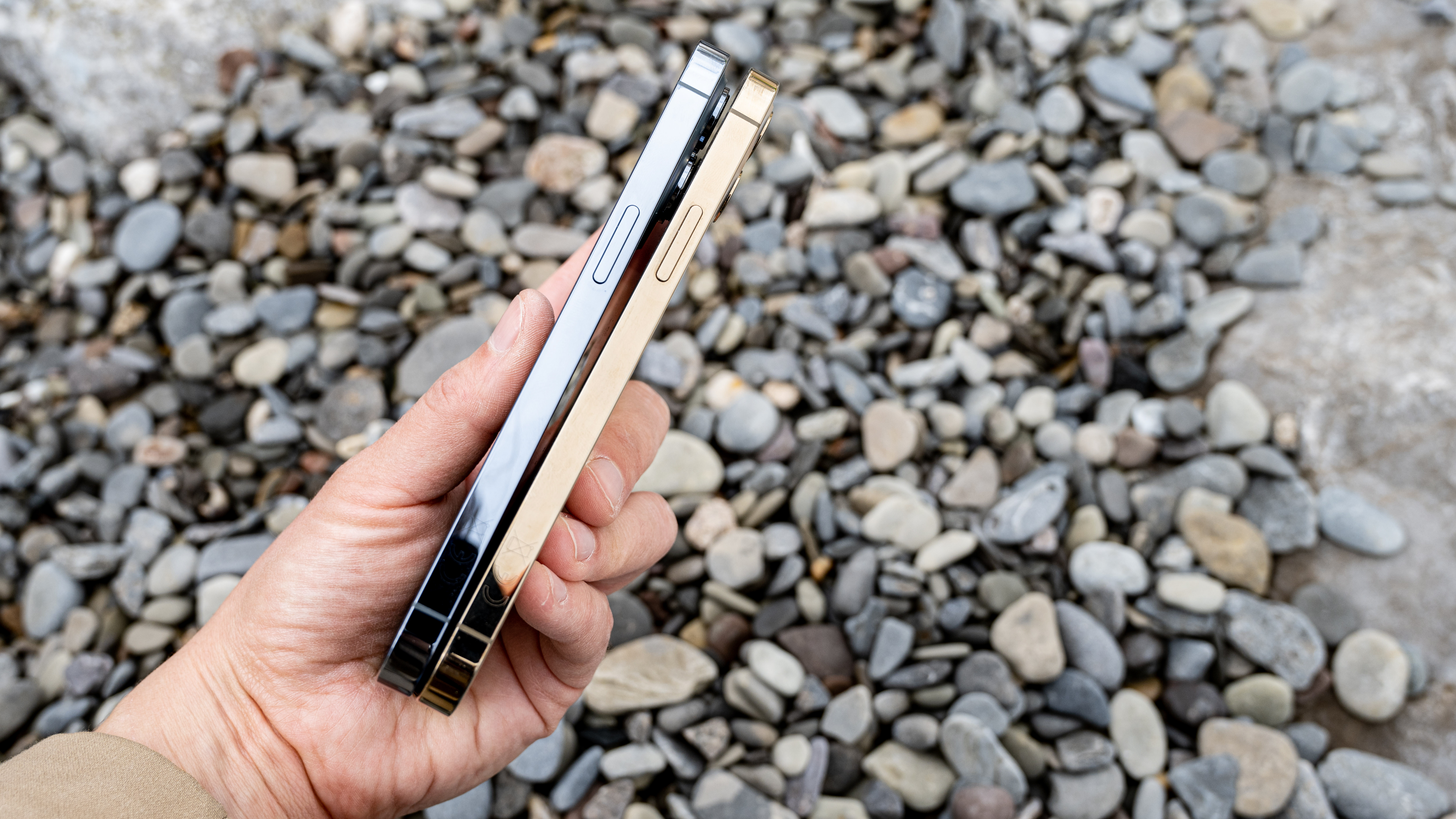
The iPhone 12 Pro has already gone from Apple’s official website, but you can still get it from other third-party retailers such as Amazon. You may also be offered it as part of a contract from the network providers. But do note that the price difference may be a lot less than you expect, judging from the deals we've been seeing. So if you’re buying the phone outright and don’t already have an iPhone 12 Pro, you may as well pay just a little bit more and get the 13 Pro.
Prices are likely to vary fairly widely between different network providers, however, so it’s harder to make a bolder statement about those variables. It’s always worth checking to see the saving when going for the older model, and if it’s quite significant, definitely consider it carefully.
iPhone 12 Pro vs iPhone 13 Pro: Conclusion
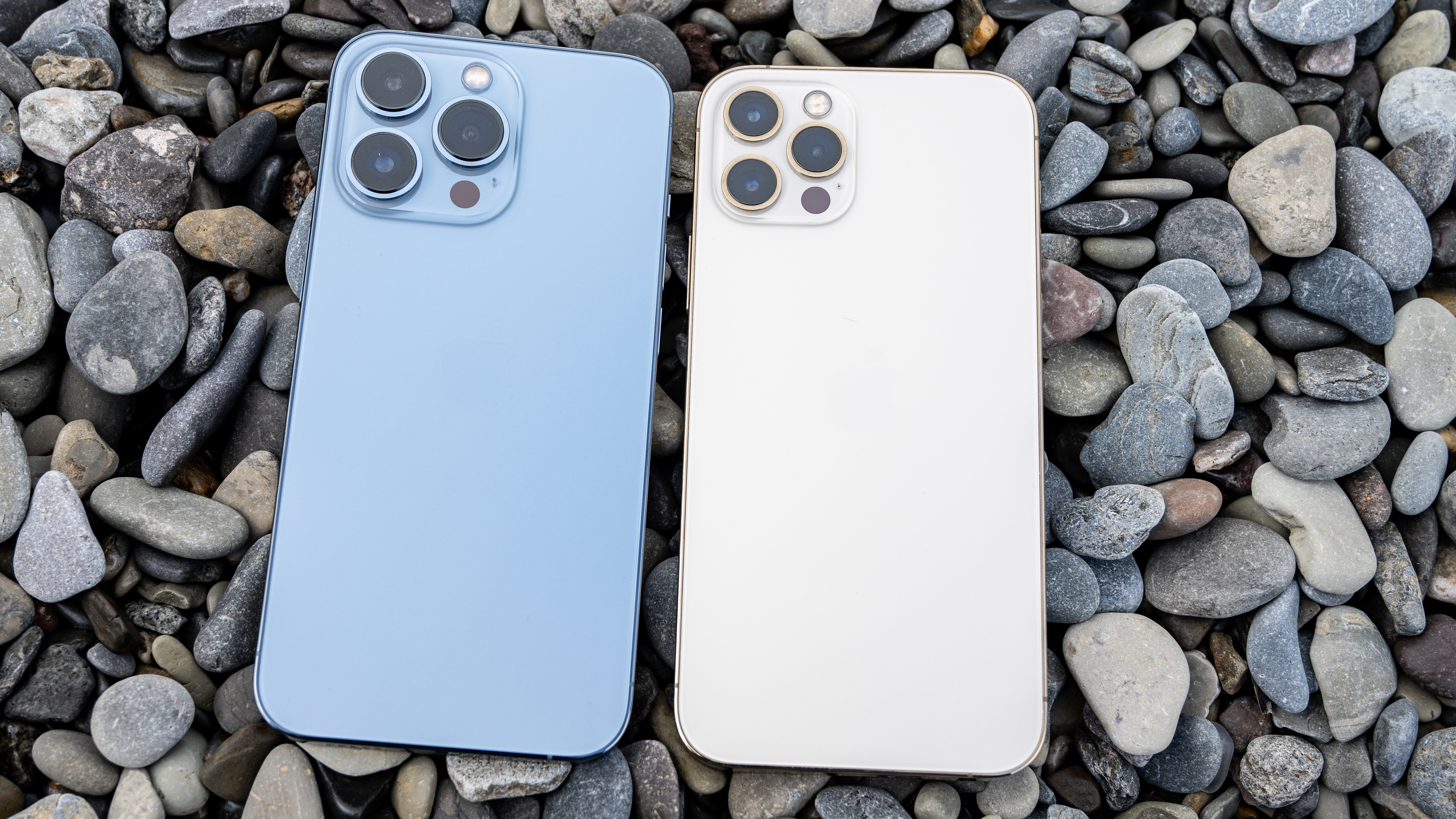
If you're looking at the iPhone 12 Pro vs iPhone 13 Pro, it's not easy to say which is better. While the iPhone 13 Pro is unarguably a better phone, the differences between the two are reasonably subtle and therefore won’t necessarily be worthy of an upgrade for many people.
In terms of body design, connectivity (both are 5G), screen, and so on, the two phones are nigh-on identical. If you base your phone-buying decisions on the quality of the onboard cameras, there are some upgrades in the 13 Pro which are fairly tempting – more so if you're upgrading from an older model than the 12 Pro.
The big upgrades are the new longer telephoto lens, the larger sensor for the main camera, the addition of Cinematic Mode for Video, Picture Styles for stills, and the new close-focusing option. All of these things are nice to have, and add up to a nice set of upgrades. But they're unlikely to be used enough to justify a big spend if you already have the 12 Pro.
If you have an iPhone 11 Pro or older and you want to upgrade because you've had it for a couple of years, the price difference between the 12 Pro and the 13 Pro is so minimal that you may as well plump for the 13 Pro. But otherwise, the 13 Pro is a generation that many may choose to skip and wait for the 14 series.
If you can find good deals on contract or the second-hand market for the older 12 Pro model, it may also be worth considering going for the older handset if it’s upgrade time. Otherwise, if you’re buying outright, brand new from most retailers, the iPhone 13 Pro offers the best value for money.
If you're not sure that you want an iPhone, take a look at the best camera phones. For a more affordable selection, there are the best budget camera phones.
Get the Digital Camera World Newsletter
The best camera deals, reviews, product advice, and unmissable photography news, direct to your inbox!
Amy Davies has been writing about photography since 2009, and used to be a colleague on Digital Camera magazine and Techradar.com. She now works as a freelance journalist writing for nclude Amateur Photographer, Stuff, Wired, T3, Digital Photographer, Digital Camera World, TechRadar, Trusted Reviews, ePhotozine and Photography Blog. She has an undergraduate degree in journalism and a postgraduate diploma in magazine journalism, both from Cardiff Journalism School.
- Sebastian OakleyEcommerce Editor
- Tom May
- Lauren ScottFreelance contributor/former Managing Editor

